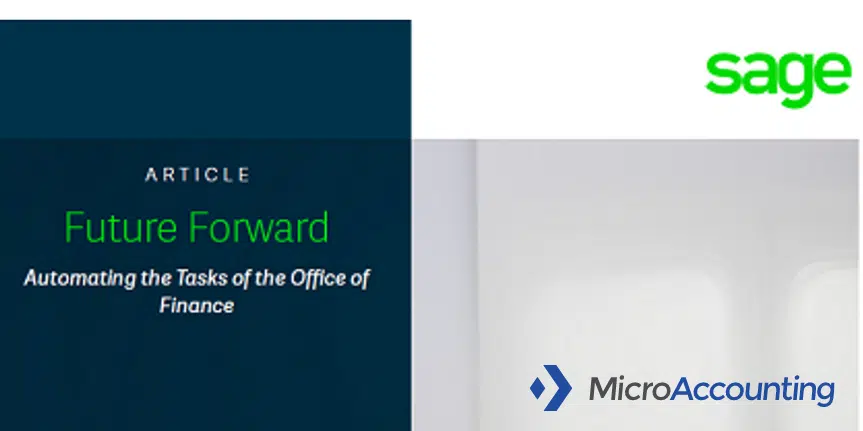How to Be Future Forward with ERP and Analytics
There’s been a surge in worldwide data, led mainly by enterprise organizations that create and manage it. In fact, we’re about halfway to reaching the 10-fold rise benchmark IDC forecasted back in 2017. It’s clear that finance leaders understand the challenges this presents to achieving their goals. In recent Sage research, the top priorities for CFOs include winning against competitors, meeting growth targets, lowering costs, responding to customer demands, and maintaining compliance. All of these require not only ERP software but also sophisticated data analytics capability, which falls on finance to deliver.
Data Challenges of Finance Leaders
It’s easy to assume that the increasing complexity of data capture technology is the challenge, but the roadblock mainly lies elsewhere. A sizable majority of enterprise companies have been collecting transactional and data across their operations for a long while now. They’ve stored it in the belief that it will eventually prove valuable to their future digitization efforts. The challenge is how to harvest the vast amount of information from multiple sources into a usable report executives can use to make informed, strategic decisions.
Analytics: Taking ERP Further
ERP (Enterprise Resource Management) brings together a large volume of data from disparate sources across a company. Robust ERP systems like Sage digitize operations company-wide including HR, payroll, production, inventory, manufacturing, sales, and service. ERP is designed to optimize processes to improve supply chain planning, product lifecycle management, and manufacturing execution. However, these systems aren’t designed to manage analytics. ERP’s powerful functionality drives significant business process improvement but finance needs to put the stored data to use to fulfill their goals.
Analytics Requires Dynamic Systems
Sage Data and Analytics is a data management, analytics, and BI platform that automates access, integration, and preparation of business data. It gives every function access to reporting from across an organization’s ERP and other sources like CRM, cloud storage services, databases, and files.
Data-based Decision Making with Sage Data and Analytics
Sage Data and Analytics makes it easy to automate and run reports by simplifying the extraction of data from multiple systems and transferring select data to a dashboard. As a result, it saves a significant amount of time for Finance roles, where most of the day is spent gathering and manually distilling information. It also allows Finance to present data in a timely manner for executives to use in strategic decision making.
Sage Data and Analytics places data-based decision-making at the heart of the business. Companies can apply successful data management and analytics tools, strategies, and methodologies to all business functions. Because it’s so easy to manipulate role-based data, Sage Data and Analytics well suited for non-tech roles like sales, HR and accounting, inventory management, and the C-Suite. Now everyone can self-serve information on demand. Sage Data and Analytics empowers businesses with the information to confidently make decisions that improve performance and guide strategy—without hesitation.
Key Features
- Automated access, integration, and preparation of business data in one secure hub
- Pre-built data models and analytics with zero coding
- Role-based dashboards with charts, graphs and other visuals for easy reporting by any business function.
- Secure access from the platform, a browser or any device.
To achieve their top priorities, and respond to the surge in data, finance must make a shift. From spending most of their time on manual reporting to spending it analyzing data for strategic, timely decision making. Finance leaders can make that shift with Sage Data and Analytics to drive growth in today’s fast-paced market.





